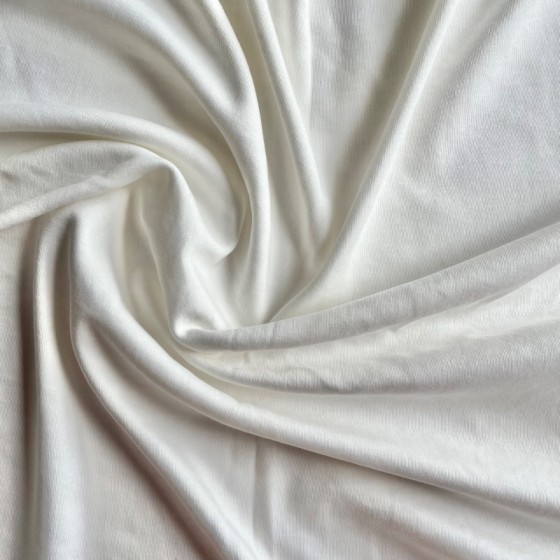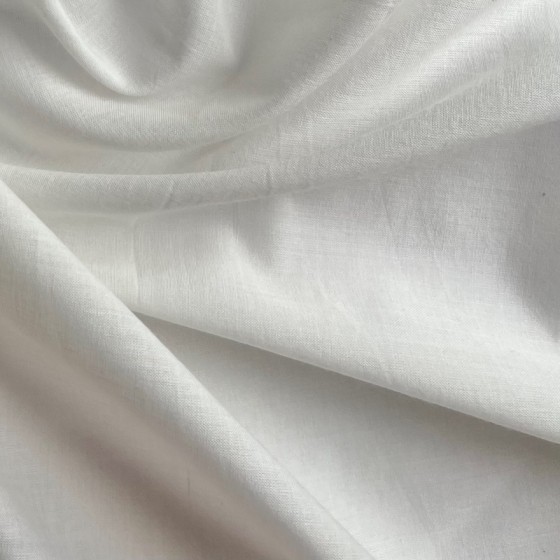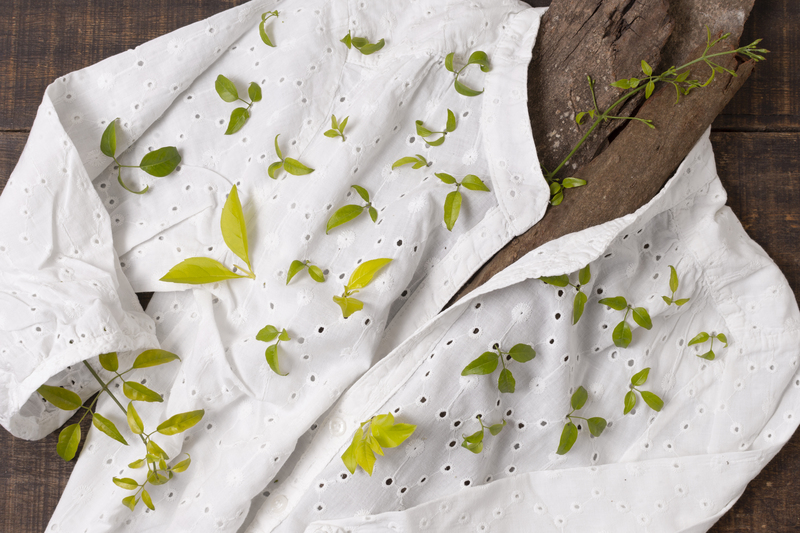The clothes we choose every day have a bigger impact on our comfort than we often realize. Some leave you feeling light and refreshed from morning to night, while others leave you feeling warm, sweaty, or irritated with body odors after just a few hours. A big part of that difference comes down to how well a fabric lets your skin breathe.
Natural fibers, such as cotton, linen, wool, and silk, are renewable fabrics from nature. They possess natural qualities that keep the body comfortable and the fabric breathable. In contrast, polyester and nylon are synthetic fabrics created from petroleum-based materials. The threads of these fibers are tighter, not allowing much air or moisture to pass through, and the fabric is less breathable. Understanding these structural differences helps you choose fabrics that keep you breathable and comfortable.
To know more about fabrics, click here.
What are breathable fabrics?
A breathable fabric allows air to circulate by absorbing moisture from your skin and evaporating it into the air. When a fabric breathes well, your body stays cooler, drier, and more comfortable throughout the day.


Common misconception
Many people assume that if a fabric is thin or lightweight, it must be breathable. However, breathability depends on how the fibers are structured and how they manage moisture, not just on the fabric’s weight. Some fabrics may be thin yet still trap heat, while others can be thick and allow excellent airflow. It all depends on the fiber structure, whether natural or synthetic.
The science behind natural fabric breathability
Natural fabrics like cotton, linen, hemp, bamboo, wool, and silk have small spaces between their fibers. These small gaps let air move freely through the fabric, helping your body release heat and stay cool. Natural fabrics are hygroscopic, which allows sweat to evaporate quickly, keeping your skin dry and comfortable. As the moisture evaporates, it also cools the body, helping regulate temperature naturally. This creates a balanced microclimate around your skin, keeping you warm during colder weather and cool on warm days.
In colder weather, the same gaps trap a little air close to your skin, acting like insulation to keep you warm. This is why natural fabrics help balance temperature, keeping you comfortable in both hot and cold conditions.
Natural fabrics reduce sweat buildup, which can otherwise cause irritation, rashes, or unpleasant odors. The softest breathable fabrics are gentle on sensitive skin.
Important facts about breathable natural fabrics

Cotton absorbs up to 25 times its weight in water without feeling wet, while polyester absorbs less than 1% of its weight.
Linen can absorb moisture quickly and dry fast due to its porous structure. It can take up to 20% of its own weight in water.
Wool can absorb up to 30% of its weight in moisture as water vapor without feeling damp.
Silk absorbs around 11-12% of its weight in moisture and releases it quickly, but the range varies from 10% to as much as 30%.
Comparing natural and synthetic fabrics
| Feature | Natural fabrics | Synthetic fabrics |
| Breathability | High, which allows air to flow freely and keeps you cool | Low, because fibers are tight and trap heat and moisture |
| Moisture management | Absorbs sweat and releases it, which keeps your skin dry | Sweat often stays trapped |
| Skin comfort | Gentle on skin, reduces irritation, rashes, and odor | Can cause stickiness, warmth, and irritation |
| Temperature regulation | Maintains microclimate: cool in heat, warm in cold | Less adaptive, which may feel hot in warm conditions |
| Sustainability | 100% biodegradable and renewable | Petroleum-based products, which take longer to break down |
Final thoughts on breathable fabrics
Breathable fabrics keep you feeling fresh throughout the day. For that, your clothes stay wearable longer before needing a wash. By reducing the frequency of washing, you save energy, water, and detergent, which makes breathable natural fabrics both practical and eco-friendly. Choosing these fabrics supports comfort, skin health, and a more sustainable lifestyle.
Choose clothing that cares for both your skin and the planet. In a world dominated by synthetic fabrics, natural fabrics are produced in limited quantities. Among them, Green Tailor is offering natural fabrics and products, which are breathable and ready to dye. Each product contributes to lowering the carbon footprint.
Explore our collection of natural fabrics and products and make a sustainable choice for everyday wear. For any queries, feel free to contact us at [email protected].
Let your clothes breathe, and let the environment breathe too.
References
https://www.wool.ca/images/uploads/files/care/wool-fact-sheets-charcteristics.pdf
https://www.scirp.org/journal/paperinformation?paperid=96215
